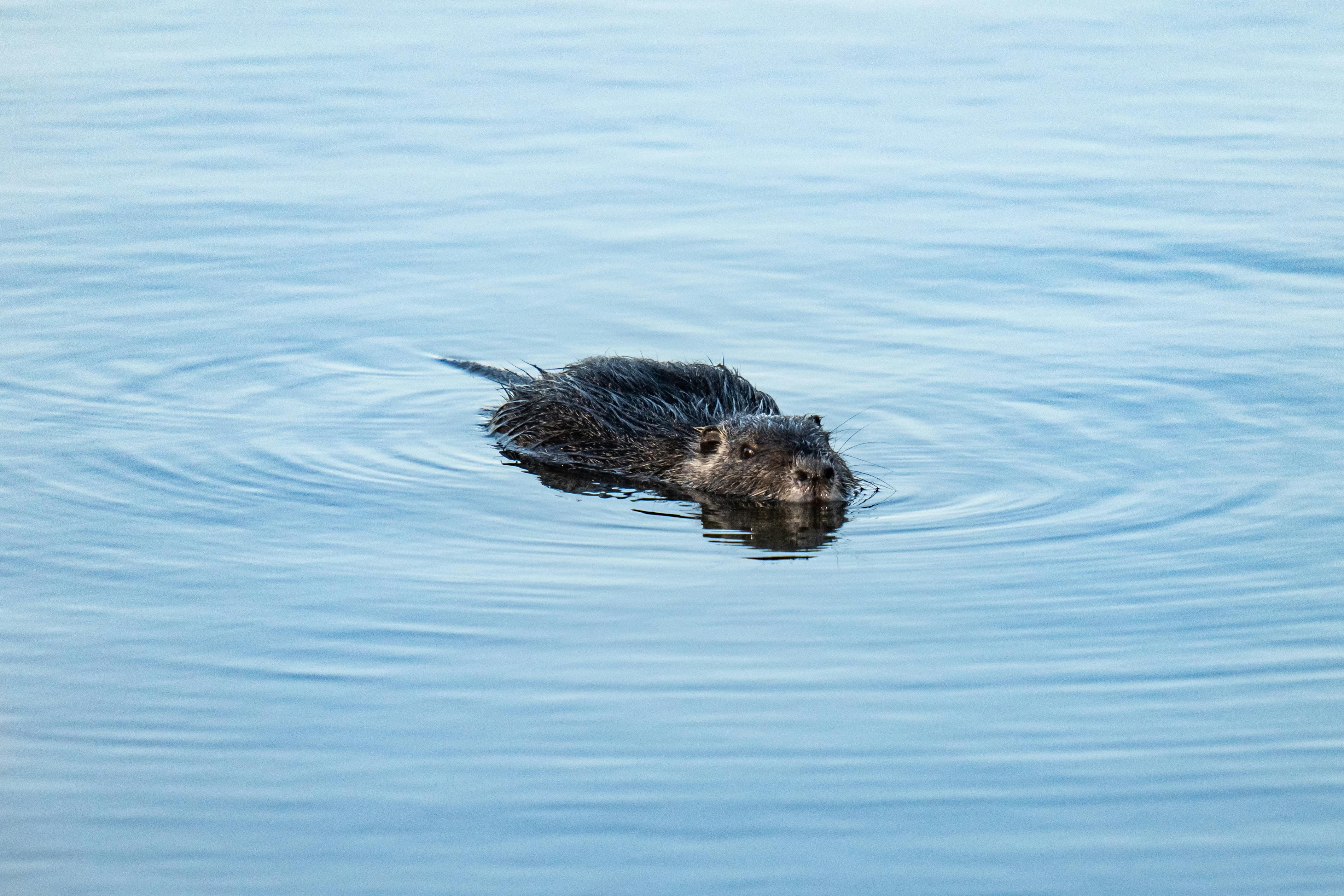What's Happening?
A recent study has highlighted significant biases in global conservation funding, revealing that a disproportionate amount of resources is allocated to a select few charismatic species, such as elephants and pandas, while many threatened species receive minimal support. The analysis, which reviewed 14,600 conservation projects over 25 years, found that 83% of funding and 84% of projects were directed towards vertebrates, particularly mammals and birds, leaving other groups like amphibians, plants, and invertebrates with scant resources. Despite amphibians being the most threatened vertebrate group, they received only 2.5% of recent funding. The study estimates that $4 billion annually is needed to mitigate extinction risks, far exceeding the current $80 million directed to species-level efforts.
Why It's Important?
The findings underscore a critical imbalance in conservation efforts, where funding is often driven by public affection for large, photogenic animals rather than scientific assessments of risk. This bias not only jeopardizes the survival of less charismatic but ecologically vital species, such as amphibians and freshwater snails, but also undermines the overall effectiveness of biodiversity conservation. By prioritizing popular species, conservationists risk neglecting the ecological functions provided by smaller, overlooked species, which are essential for maintaining ecosystem health and resilience. The study calls for a realignment of funding priorities to ensure a more equitable distribution of resources based on scientific risk assessments.
What's Next?
To address these disparities, the study suggests that governments and international NGOs should resist biases towards beauty and size in conservation funding. By aligning financial support with scientific assessments of extinction risk, conservation efforts can become more effective and honest about the ecological losses being faced. This shift could lead to a more balanced approach that not only protects charismatic species but also safeguards the broader ecological fabric, potentially preventing the extinction of numerous lesser-known but crucial species.
Beyond the Headlines
The study raises ethical questions about the motivations behind conservation funding and the role of public perception in shaping environmental priorities. It challenges the conservation community to reconsider how resources are allocated and to recognize the intrinsic value of all species, regardless of their appeal to donors. This could lead to a cultural shift in conservation strategies, emphasizing the importance of preserving biodiversity as a whole rather than focusing on individual species.













